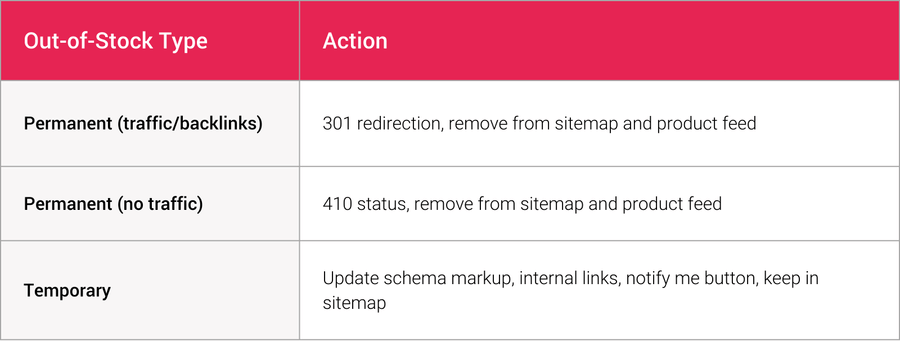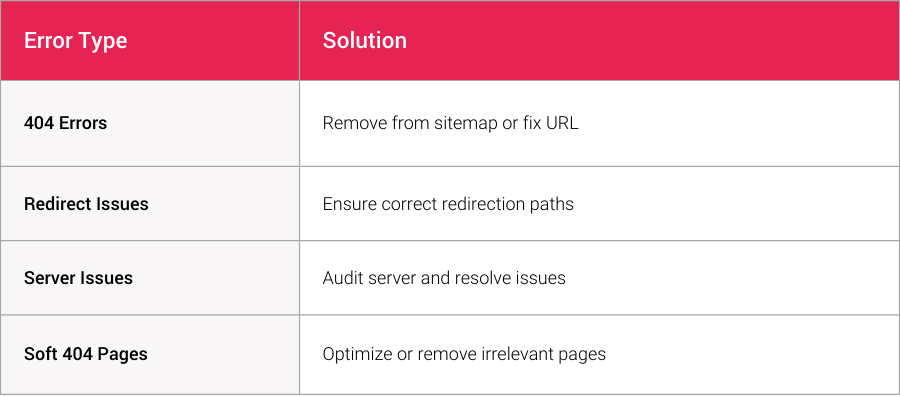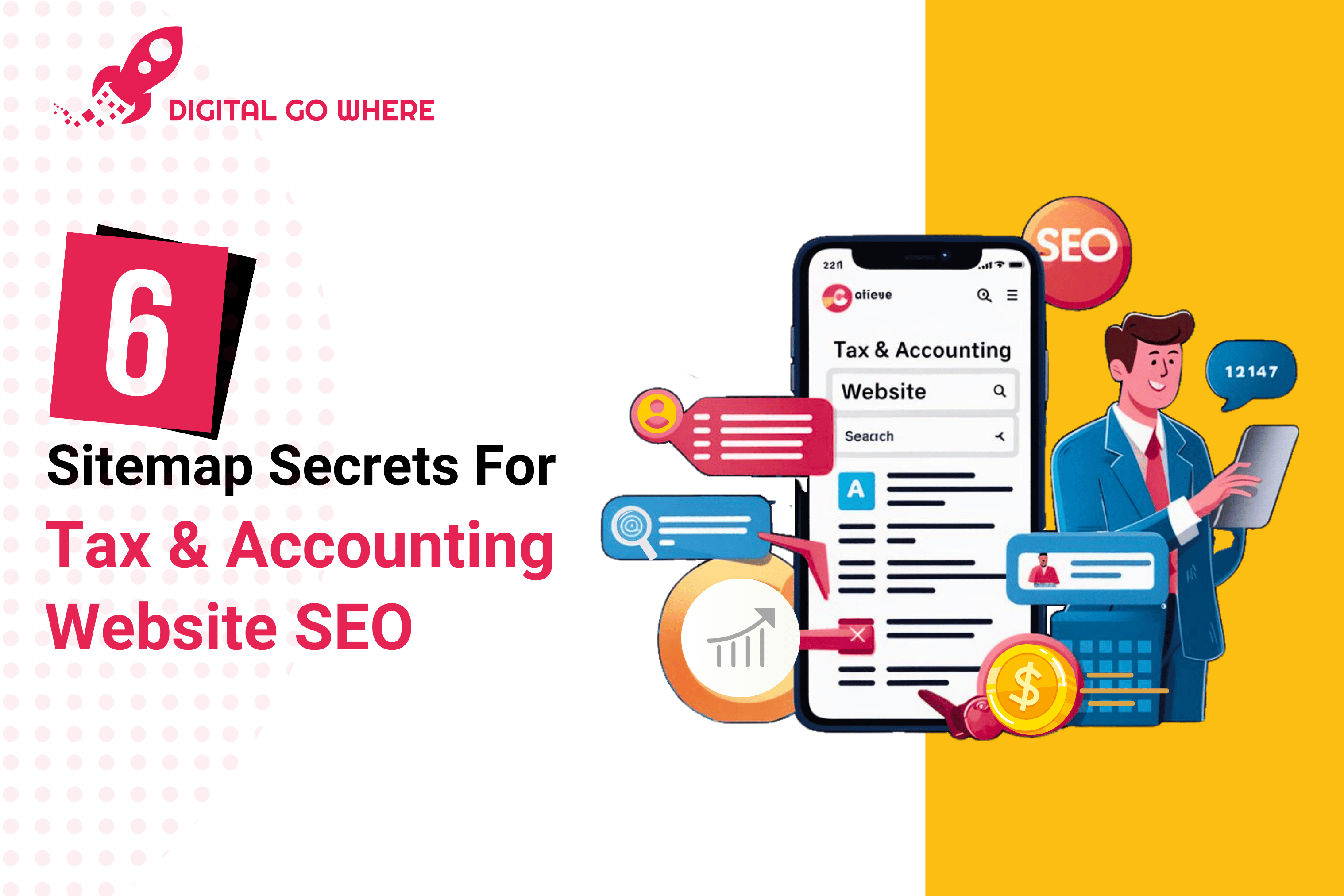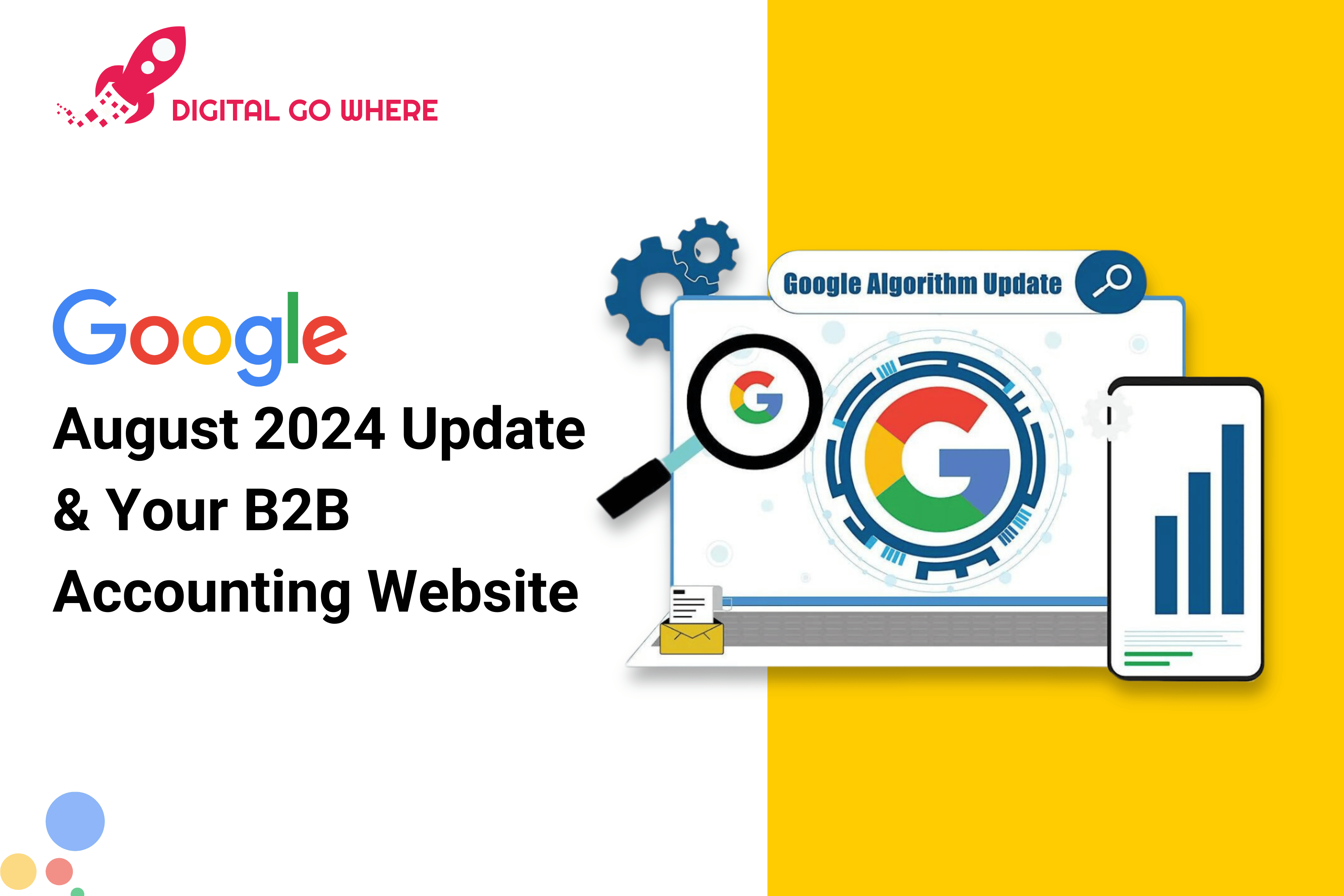If you’re managing a Tax & Accounting website with hundreds of service pages, you might have noticed that getting these pages indexed by Google is no small feat. A well-organized sitemap can make all the difference in your site’s search engine visibility and user experience.
In this post, we’ll break down why sitemap seo optimization is crucial, what it involves, and how it can solve common pain points such as poor indexing and low search engine rankings.
Table of Contents
What Is Sitemap Optimization?
Sitemap SEO optimization involves organizing and managing your URLs to ensure that search engines can discover and index your important pages efficiently. This process includes grouping URLs logically, handling thin content pages, managing out-of-stock products, and more.
Pain Points Addressed:
- Improved Indexing: Ensures all crucial pages are indexed by search engines.
- Enhanced User Experience: Helps users find relevant content quickly.
- Increased Traffic and Revenue: Better indexing can lead to higher search engine rankings and more visitors.
Why Is Sitemap Optimization Important?
A sitemap is like a roadmap for search engines. It helps them navigate through your site and index your pages effectively. For large Tax and Accounting sites, a poorly managed sitemap can result in hundreds of pages being ignored by search engines, leading to missed opportunities for traffic and revenue.
Now, let’s dive into the strategies for effectively managing large sitemaps.
1. Hierarchy And Organization

Use Sub-Sitemaps and Separate by Language
Organizing URLs logically within your sitemap is essential. Use sub-sitemaps based on categories, products, or other logical groupings relevant to your business. If your site supports multiple languages, create separate sitemaps for each language to avoid clutter and improve navigation.
Example:
For a B2B website offering tax, accounting, and consulting services, organize your sitemap By creating sub-sitemaps, you ensure that each section of your site is easily accessible and that search engines can efficiently index your pages. Additionally, separate sitemaps for different languages prevent URL clutter and ensure that search engines understand the structure of your multilingual content.
2. Handling Thin Content Pages
- Zero or One Product Categories
Categories with zero or one product can be considered thin content. These pages offer little value to users and can hurt your site’s SEO performance. Merge these categories with more relevant ones or set a 301 redirection to a similar category if these categories won’t have products in the future.
Example:
If you have a category “Startup Tax Services” with no products, merge it with “Business Tax Services” and redirect accordingly.
Visualization:
Thin content pages dilute the value of your sitemap. By consolidating these pages into more substantial categories, you enhance the overall quality of your content and enhanced user experience.
3. Optimizing Product Pages With Zero Or Duplicate Content

- Important Services
Create a list of top revenue-generating products and manually optimize each one. This involves crafting unique, compelling content, adding relevant keywords, optimizing meta tags, and enhancing the page with FAQs, videos, images, and schema markup.
Example:
For a high-revenue accounting service page, include detailed descriptions, client testimonials, case studies, and an FAQ section. Ensure that the content is unique and tailored to your target audience.
- Unimportant Services
For products that are not currently important, plan to optimize them over time. Meanwhile, add a no-index tag and remove them from the sitemap to prevent them from being indexed prematurely.
Focusing on high-revenue products ensures that your most valuable pages are indexed first, driving more traffic and conversions. Gradually optimizing less important products keeps your sitemap clean and efficient.
4. Managing Out-Of-Stock Products

- Permanently Discontinued
Determine if permanently out-of-stock products receive traffic or have backlinks. If they do, set a http status code 301 redirection to a related product. If not, use a 410 status to remove them from the sitemap and product feed.
Example:
If “Virtual CFO Services” are permanently discontinued, redirect to “Financial Consulting Services” if there is significant traffic or backlinks.
- Temporary Discontinued
For temporarily unavailable products, update the schema markup to reflect their availability. Create internal links to other relevant products, offer a notification option for users to get updates when the product is back in stock, and keep the product in the sitemap.
Example:
If “Year-End Tax Filing” services are temporarily unavailable, provide links to other tax services and an option to notify users when the service is back.
Visualization:
Managing out-of-stock products efficiently ensures that your sitemap remains relevant and useful, providing a better user experience and maintaining higher search engine ranking.
5. Handling Products With Multiple Variations
Canonical Tags
For products with multiple variations (e.g., consulting packages), identify the variation that receives the most traffic, has the most backlinks, or generates the most revenue. Set this variation as the canonical tag for all others and include only this variation in the sitemap.
Example:
For a consulting service with various packages (Basic, Standard, and Premium), set the most popular package as the canonical tag.
Visualizations:

Note: Regularly audit and analyze product variations to ensure the most relevant version is being prioritized.
Using canonical tags helps prevent duplicate content issues and ensures that search engine indexing the most important variations of your products, improving your site’s SEO.
6. Resolving Errors
Table: Common Sitemap Errors And Fixes

404 Errors And Redirect Issues
Regularly audit your sitemap for 404 errors, redirect issues, and server errors. Remove any pages with persistent errors or fix redirection paths to ensure they point to the correct URLs.
Example:
If a service page for “Payroll Management” shows a 404 error, either fix the URL or redirect it to the main “Accounting Services” page.
Regularly resolving errors in your sitemap ensures that search engines can crawl your site efficiently and that users have a seamless experience navigating through your content.
Conclusion
At Digital Go Where, we understand the complexities and challenges that come with managing Tax and Accounting websites Optimizing your sitemap is a crucial step in ensuring that your site achieves maximum visibility, higher search engine rankings, and a seamless user experience.
By implementing the strategies outlined above, you can transform your sitemap into a powerful tool that drives traffic, boosts engagement, and ultimately increases your revenue. Here’s how we can help:
- Customized Sub-Sitemaps: We create logically grouped sub-sitemaps tailored to your business categories and languages, ensuring that search engines can easily navigate and index your site.
- Content Optimization: Our team of experts identifies and optimizes high-revenue product pages, enhancing them with unique content, relevant keywords, and engaging media to attract and retain customers.
- Efficient Management Of Out-of-Stock Products: We ensure that your sitemap remains relevant by properly handling both permanently and temporarily out-of-stock products, improving user experience and maintaining SEO performance.
- Product Variations Handling: We help you manage multiple product variations by setting canonical tags for the most significant versions, preventing duplicate content and focusing on what matters most for your business.
- Error Resolution: Our regular audits and error resolutions ensure that your sitemap is always up-to-date and error-free, providing a smooth experience for both users and search engines.
By partnering with Digital Go Where, you benefit from our expertise in digital marketing and web development, ensuring that your website not only meets but exceeds industry standards. Let us help you optimize your sitemap and take your online presence to the next level.
Related Read: Digital Marketing: How To Scale Your Tax Business?








